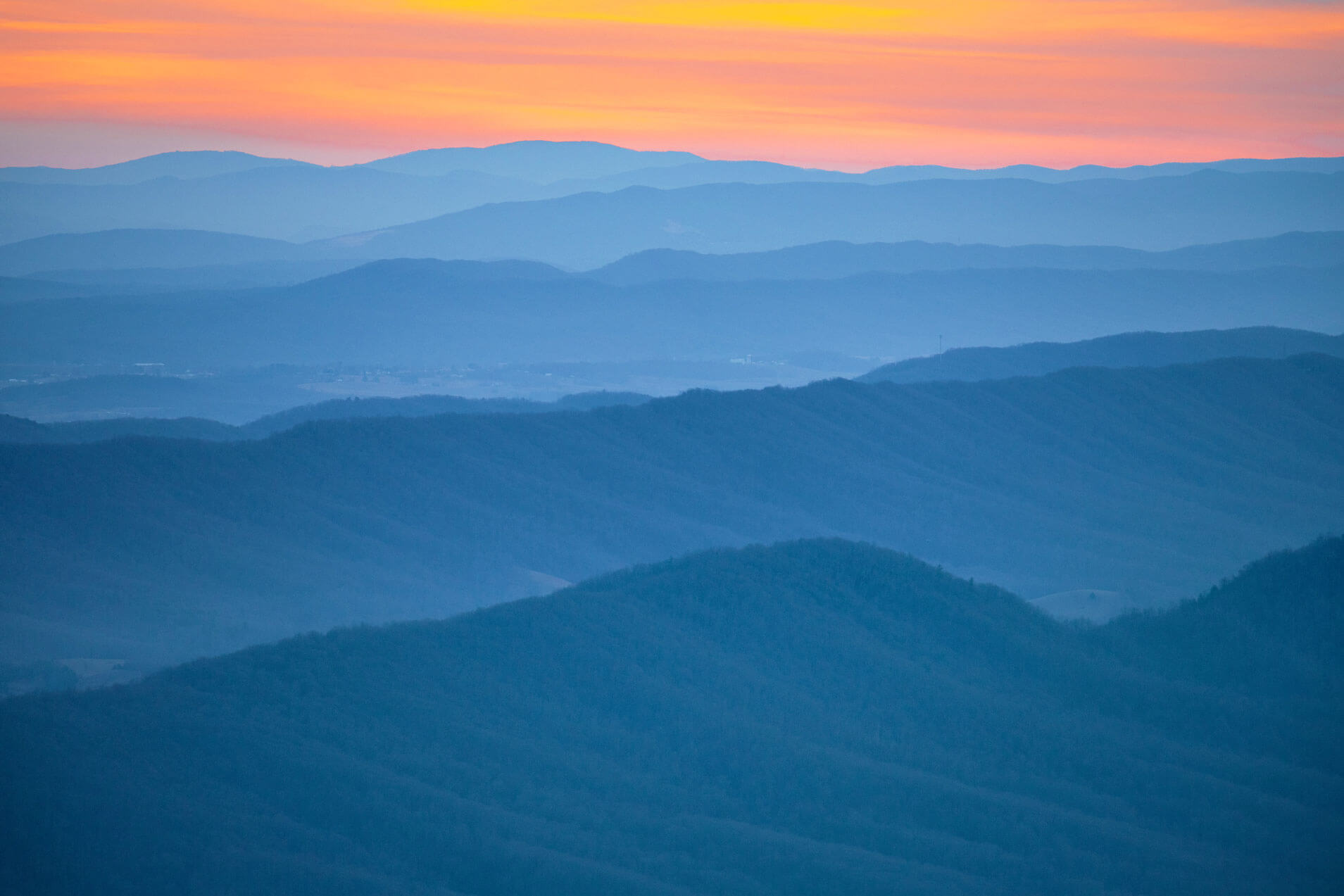1/1 Oops. Incorrect.
0%
0pts Earned
0/1correct
20/20
What was the first prehistoric Indian site to get U.S. federal protection?
In 1892, President Benjamin Harrison approved the first ever federal protection act for a prehistoric Indian ruin. A Jesuit missionary wrote a detailed description of Casa Grande when he passed through Arizona in 1694. By the 1880s, the site was suffering from vandals, so a group of archaeologists attempted to preserve and repair Casa Grande. They petitioned the President, and he issued the act to guarantee its safe future.
Source: National Park ServiceCasa Grande, Arizona
18%
Taos Pueblo, New Mexico
39%
Mesa Verde, Colorado
33%
Cahokia Mounds, Illinois
10%
19/20
What ancient landmark is part of the University of Alabama?
The Moundville Archaeological Park is owned by the University of Alabama and is the subject of much study by the university’s researchers. The settlement was once a large residential center, and is thought to have been second in size only to Cahokia in Illinois, covering an area of 300 acres. The Mississippian people lived here from about 1000 to 1450 CE. By the time European explorers arrived in the 16th century, it was largely abandoned.
Source: Moundville Archaeological ParkGreat Serpent Mound
24%
Poverty Point
11%
Cahokia Mounds
35%
Moundville
30%
18/20
A lost sunken city is believed to be off the coast of what country?
The lost city of Atlantis has long captured the public imagination. Some believe that it has recently been found off the coast of western Cuba. Within the last decade or so, divers have photographed large structures submerged in these waters, some which resemble pyramids. The divers claim that it is evidence of a large settlement dating back 6,000 years. Meanwhile, other scientists have said the formations are natural.
Source: Archaeology WorldCanada
6%
Cuba
41%
Colombia
32%
Brazil
22%
17/20
In which province is Canada’s Writing-on-Stone Provincial Park?
Writing-on-Stone Provincial Park is located in Alberta, near the small town of Milk River near the Canadian border with Montana. The key historical attraction here is a collection of more than 50 petroglyphs carved into the sandstone cliffs, some of which date to around 7000 BCE. They were carved by the Blackfoot peoples who, for centuries, have revered this as a spiritual place.
Source: Atlas ObscuraOntario
9%
Alberta
31%
Prince Edward Island
36%
Manitoba
25%
16/20
The Diquis Delta in Costa Rica is home to more than 300 what?
When vegetation in the Costa Rica jungle was being cleared to make room for a banana plantation in the 1930s, the excavation crew unearthed a series of perfectly round stone spheres. Today, the area is a UNESCO World Heritage Site featuring more than 300 spheres, ranging in diameter from about 1.5 feet to six feet. Scientists believe the thick jungle and layers of sediment kept them covered and protected for centuries, and their purpose remains a mystery.
Source: UNESCOPyramids
4%
Rock carvings
31%
Fossilized footprints
41%
Stone spheres
25%
15/20
What Massachusetts landmark is covered with mysterious markings?
Petroglyphs (rock carvings) are a feature of many ancient landmarks throughout North America. A particularly mysterious set is found on Dighton Rock in Berkley, Massachusetts. The rock, measuring nearly five feet tall and 10 feet long, was uncovered during the construction of a dam in 1963. While the purpose of its carvings is uncertain, some historians believe it was carved by Native Americans and tells the tale of an encounter with a ship.
Source: NewEngland.comPlymouth Rock
38%
Monument Mountain
15%
Dighton Rock
34%
Purgatory Chasm
12%
14/20
Where is the Mayan city of Copan?
Named a UNESCO World Heritage Site in 1980, Copan is the site of a major Mayan city in present-day Honduras. The city is a giant complex of ruins that once served as the political and cultural hub for the people of the Copan Valley. There is evidence that people lived in the region as early as 1500 BCE, but the city was abandoned in the 10th century for unknown reasons.
Source: UNESCOHonduras
27%
Mexico
21%
Guatemala
36%
Costa Rica
16%
13/20
A prehistoric circle was uncovered in which major city in 1998?
After a series of buildings were demolished in Miami in 1988, a routine excavation was carried out before the planned building of two high-rises. The archaeologists uncovered a series of 24 holes which were part of a larger circle, now called the Miami Circle, measuring 38 feet wide. Testing of materials found at the site suggests it is the footprint of a structure built by the Tequesta people about 2,000 years ago.
Source: Trail of Florida’s Indian HeritageChicago, Illinois
16%
Miami, Florida
59%
Seattle, Washington
14%
Pittsburgh, Pennsylvania
10%
12/20
Where is the tallest known Maya stela?
Stelae are stone monuments intricately carved with faces and human forms by the Maya civilization. Historians still debate their purpose. Most of the known stelae are between three and six feet tall; however, the stela at Quiriguá measures nearly 35 feet tall. Quiriguá is thought to have been in its prime between 200 and 900 CE. By the time Europeans arrived, the city was no longer part of area trade routes.
Source: UNESCOMontezuma Castle, Arizona
9%
Tulum, Mexico
23%
Teotihuacán, Mexico
35%
Quiriguá, Guatemala
33%
11/20
Where is the U.S. version of Peru’s Nazca Lines?
The Nazca Lines are a series of massive geoglyphs carved into the terrain of the Nazca Desert in southern Peru. There are similar geoglyphs throughout the American Southwest and Mexico. First spotted by a pilot in the 1930s, the Blythe Intaglios in Southern California are often nicknamed America’s Nazca Lines. They are believed to be between 450 and 2,000 years old. Of the six figures depicted, the largest is a 171-foot-long human.
Source: Bureau of Land ManagementColorado
8%
Utah
33%
California
19%
New Mexico
40%
10/20
Where is Pueblo Bonito, a great house with at least 600 rooms?
Chaco Culture National Historical Park is home to some of the oldest and best-preserved prehistoric structures in the American Southwest. A UNESCO World Heritage Site, it features 4,000 archaeological sites which tell more than 10,000 years of human history. Between the ninth and 13th centuries, it was a ceremonial hub for many tribal peoples. Archaeologists have also found evidence of agriculture, engineering, astronomy, and trade. Sixteen great houses remain, of which the largest is Pueblo Bonito.
Source: National Park ServiceChaco Canyon, New Mexico
27%
Taos Pueblo, New Mexico
28%
Casa Grande, Arizona
27%
Acoma Pueblo, New Mexico
19%
9/20
Which ancient site’s name translates to City of the Gods?
Many of the ancient sites in Mexico and neighboring countries owe their origins to the Aztec Empire. However, Teotihuacán near Mexico City is one of the most important pre-Aztec settlements. The name translates to City of the Gods in the Nahuatl language. According to archaeological evidence, the city had a population of 125,000 to 200,000 people in 500 CE, a number that dwarfs other global cities of the era. Fire destroyed much of it in 750 CE.
Source: BritannicaEl Mirador
16%
Teotihuacán
72%
Monte Alban
8%
Palenque
4%
8/20
Tulum is the only Mayan city built where?
There are many well-preserved Mayan cities throughout the Americas, and many are now UNESCO World Heritage Sites. Tulum, on Mexico’s Yucatán Peninsula, is the only Mayan city found along the coast. The site overlooks the Caribbean Sea about 80 miles south of Cancun, making it a popular day-trip destination for tourists. Tulum was once called Zama, meaning City of the Dawn, and it served as a seaport and a trading center for turquoise and jade.
Source: Tulum RuinsUnderground
7%
In a forest
3%
On a mountain
7%
On a coast
83%
7/20
Which U.S. landmark was once one of the largest cities in the world?
In 1100 CE, London, England, had an estimated population of about 15,000 people. Across the Atlantic, the settlement at Cahokia Mounds (in present-day Illinois) had an estimated population of 20,000, although some archaeologists say it may have reached up to 50,000 if you include the surrounding area. But by the late 1300s, the city had been abandoned for reasons unknown. Its name is derived from the Cahokia peoples who later settled there in the 18th century.
Source: Cahokia MoundsBears Ears, Utah
3%
Taos Pueblo, New Mexico
36%
Cahokia Mounds, Illinois
33%
Mesa Verde, Colorado
27%
6/20
Where is Montezuma Castle?
Despite the name, Montezuma Castle is not a castle, nor is it related to Aztec leader Montezuma. The national monument near Sedona, Arizona, was named by early European explorers who assumed the structure must be related to the Aztecs. In fact, it was built by the Sinagua people around 1150 CE. Constructed from mud and stone and reinforced with beams of Arizona sycamore, the castle consists of 20 rooms all built into a cliffside.
Source: Montezuma Castle National MonumentMexico
44%
Arizona
39%
Honduras
5%
Peru
12%
5/20
Which U.S. national park features the continent’s oldest human footprints?
In 2021, archaeologists discovered a set of fossilized early human footprints buried within the layers of soil at White Sands National Park in New Mexico. The footprints, which vary in size and belonged to several different people, are estimated to be 21,000 to 23,000 years old. That makes them the oldest footprints discovered on the continent thus far.
Source: The GuardianMesa Verde, Colorado
22%
Death Valley, California
21%
Saguaro, Arizona
11%
White Sands, New Mexico
46%
4/20
Which North American landmark is one of the New 7 Wonders of the World?
The original 7 Wonders of the World were named in the second century BCE, and in 2007, a new set of wonders were decided by public vote. Chichén Itzá in Mexico — a Mayan city which reached its peak around the ninth and 10th centuries — was the only site in North America to join the list. Among the important monuments at the site is the giant El Castillo pyramid.
Source: BritannicaTaos Pueblo
11%
Chichén Itzá
76%
Cahokia Mounds
6%
Great Serpent Mound
6%
3/20
A giant ancient burial mound in Ohio represents what creature?
There are many prehistoric raised mounds scattered across North America. Some were believed to have been burial mounds; others may have had spiritual significance. While many have been lost over the years, one of the largest that has survived is the Great Serpent Mound in Ohio. The mound is over 1,300 feet long, 25 feet wide, and about five feet tall. From above, it looks like a giant undulating snake, possibly swallowing an egg.
Source: Met MuseumBird
14%
Monkey
4%
Serpent
76%
Cat
7%
2/20
Where can you visit the world’s largest pyramid?
Many associate pyramids with Egypt, but there are dozens of ancient pyramids throughout the Americas built by the Maya civilization — including the world’s largest human-made pyramid. The Great Pyramid of Cholula is located in southern Mexico and is half-submerged beneath the ground. The complex was abandoned in the eighth century, and by the time Europeans arrived, it looked like an overgrown hill. It wasn’t until centuries later that excavations revealed the true extent of the construction.
Source: Atlas ObscuraGuatemala
16%
Egypt
39%
Mexico
41%
Honduras
4%
1/20
Where is the only known Viking settlement in North America?
L’Anse aux Meadows is a village consisting of eight simple wooden buildings, located at the northern tip of Newfoundland. Now a UNESCO World Heritage site, L’Anse aux Meadows is the only confirmed Norse Viking settlement in North America. Archaeologists believe it was built at least 500 years before Christopher Columbus arrived in the New World, and some think it may have been the Vinland that was mentioned in so many Viking tales.
Source: Newfoundland and Labrador TourismNewfoundland
85%
Florida
1%
Maine
5%
British Columbia
9%
Play Quizzes By Category
Play A Trending Quiz
Trending, related and recent quizzes you may be interested in







